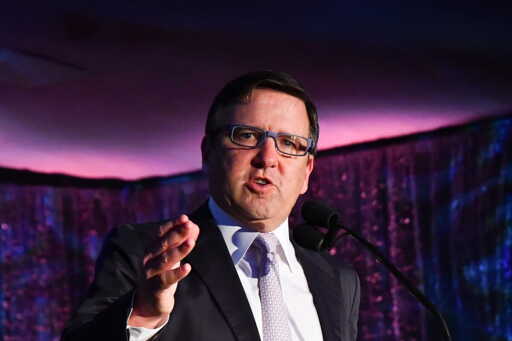Tony Pritzker approaches environmental philanthropy like a patient strategist. A scion of one of America’s best-known business families, he has spent decades moving between boardrooms, laboratories, and community meetings, applying the training of an engineer to problems that range from stormwater treatment in Los Angeles to packaging waste in global supply chains. Guided less by ideology than by pragmatism, he insists that “science is science and it’s fact-based,” and that durable solutions come from setting clear goals, gathering evidence, and persisting until results are visible. Growing up in northern California and later raising a family in Los Angeles, he was never far from the state’s landscapes—from Lake Tahoe’s ski slopes to Santa Monica Bay. “I’m also a swimmer,” he says, recalling the moment when his love of the ocean turned into action. “I wanted the bay to be super clean because I swam there.” That instinct brought him to Heal the Bay two decades ago, where he joined the board under the leadership of Mark Gold. What began as an effort to keep a beach swimmable became a lesson in how to harness science, advocacy, and civic partnerships. Gold, he says, “really was my mentor.” The template endures. For Heal the Bay the goals were simple: gather the science, train teachers, bring children to the ocean, and press policymakers. Out of such apparently modest steps came infrastructure investments such as stormwater treatment at Hyperion, which now filters hundreds of millions of gallons of runoff a year. Along the way the…This article was originally published on Mongabay
From Conservation news via this RSS feed


